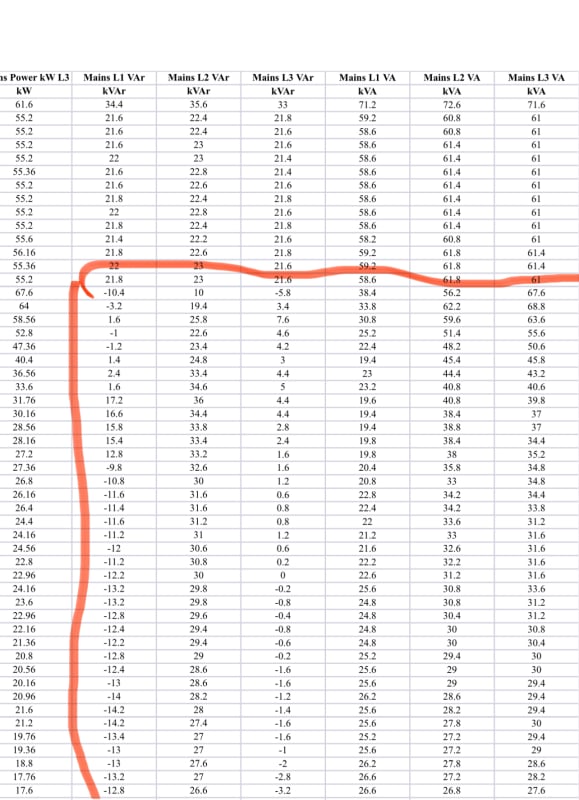Energyfit24381
Electrical
- Jan 5, 2024
- 27
Hey all,
Trying to export to the grid through a step up transfer but gens are tripping on a kVar imbalance. I believe there isIs anyone aware of any equipment i can install at the generator to minimize or eliminate phase imbalance?
Trying to export to the grid through a step up transfer but gens are tripping on a kVar imbalance. I believe there isIs anyone aware of any equipment i can install at the generator to minimize or eliminate phase imbalance?


